Translanguaging: Some final comments
Michael Rabbidge adds his final comments and presents a list of suggested readings
Over the last few weeks, we as a team of writers, and you as willing readers, have engaged in some useful discussions around the topic of translanguaging. I’d like to take this opportunity to respond formally to my fellow bloggers and to the reader responses as well.
I’d like to start with Jono’s discussion as it raised some important concerns that I think a lot of teachers may have regarding translanguaging’s position on English-only policies. I’d like to respond to this by saying that the core of translanguaging is based on having no hard rule on any language use in the classroom, and that instead it seeks to provide learners and teachers with options that suit their own individual needs. Therefore, I imagine a translanguaging approach could at times embrace interactions that favor the use of only one language, if the students and teachers so desire it.
But in reality, a lot of students and teachers may not be equipped to succeed in such an environment early in their development. So, freedom from top-down policy constraints does prove beneficial in such cases. And this is actually shown to be true in more recent research on translanguaging, which highlight how the freedom to use their full linguistic repertoires improves student participation in the learning process. Research further suggests that this improved participation positively impacts the acquisition of strategic, linguistic, pragmatic and sociocultural competence in the target language.
Pedagogical translanguaging is defined by Cummins (2022, p. 34) as ‘instruction designed to enable students to use their entire multilingual repertoire in carrying out academic tasks and activities’. Scholars such as Ofelia Garcia discuss how pedagogic translanguaging strategies help teachers understand the potential benefit of full repertoire use at different points in a lesson. I also have produced such work that highlights how different translanguaging strategies benefit learners and teachers in EFL contexts. Fears that translanguaging strategies may mean less emphasis on providing corrective feedback are also unfounded, as it is not the goal of translanguaging to promote unintelligibility; in fact, there is a growing body of work that reveals how translanguaging facilitates acquisition processes via corrective feedback by making features more salient for learners. This ultimately leads to learners improving their linguistic competencies.
I found that Maria’s responses to Jono’s questions provided anecdotal evidence that is well backed up by emerging translanguaging literature. Her experiences, as well as those of some readers, highlight the fact that teachers and students around the globe actually implement some form of translanguaging strategy in their practices, despite dominant discourses that discourage such practices in the name of effective ELT industry practices. It is no coincidence that the experiences of Maria and our readers come from contexts that are not central to the ELT industry, and therefore are free from discourses that overwhelmingly favor monolingual ideologies at the expense of actual multilingual realties. Language ideologies that influence the ELT industry traditionally favor established power bases to ensure their own success. Translanguaging seeks to disrupt this bias and create more inclusive learning and teaching environments that actually mirror and prepare people for the multilingual reality we already live in.
Ultimately, I see the discussion of translanguaging as a means to providing teachers and learners with more agency when it comes to learning another language. Whether educators choose to implement a translanguaging approach will be up them. But knowing that there is research emphasizing alternatives to dominant language policies is important. I’ll provide a list of references here for anyone who may be interested in further reading about translanguaging. I have enjoyed this series of discussions and look forward to the next topic that is raised for discussion.
Suggested readings:
Cenoz, J., & Gorter, D. (2021). Pedagogical translanguaging (Elements in Language Teaching). Cambridge University Press.
Cummins, J. (2021b). Translanguaging: A critical analysis of theoretical claims. In P. Juvonen & M. Källkvist (Eds.), Pedagogical translanguaging: Theoretical, methodological and empirical perspectives (pp. 24–68). Multilingual Matters. https://doi.org/10.21832/9781788927383-004
García, O., Flores, N., Seltzer, K., Li, W., Otheguy, R., & Rosa, J. (2021). Rejecting abyssal thinking in the language and education of racialized bilinguals: A manifesto. Critical Inquiry in Language Studies, 18(3), 203–228. https://doi.org/10.1080/15427587.2021.1935957
García, O., Ibarra Johnson, S., & Seltzer, K. (2016). The translanguaging classroom: Leveraging student bilingualism for learning. Caslon
García, O., & Li, W. (2014). Translanguaging: Language, bilingualism and education. Palgrave Macmillan. https://doi.org/10.1057/9781137385765
Otheguy, R., García, O., & Reid, W. (2015). Clarifying translanguaging and deconstructing named languages: A perspective from linguistics. Applied Linguistics Review, 6(3), 281–307. https://doi.org/10.1515/applirev-2015-0014
